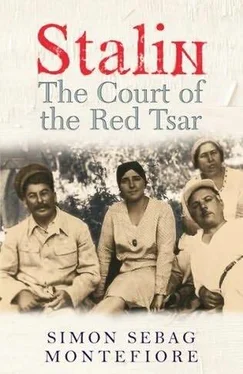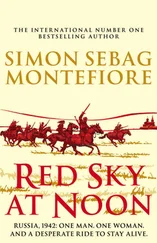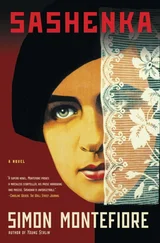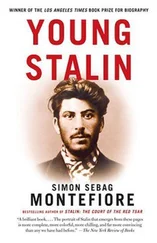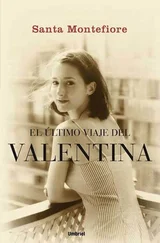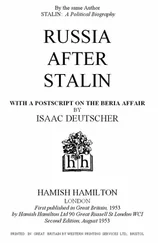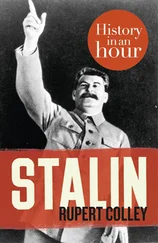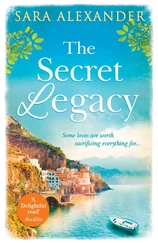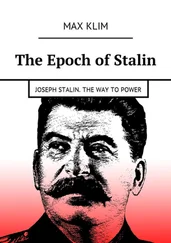Stalin could certainly appreciate genius, but as with love and family, his belief in Marxist progress was brutally paramount. He admired that “great psychologist” Dostoevsky but banned him because he was “bad for young people.” He enjoyed the satires of the Leningrad satirist Mikhail Zoshchenko so much, even though they mocked Soviet bureaucrats, he used to read extracts to his two boys, Vasily and Artyom, and would laugh at the end: “Here is where Comrade Zoshchenko remembered the GPU and changed the ending!”—a joke typical of his brutal cynicism crossed with dry gallows humour. He recognized that Mandelstam, Pasternak and Bulgakov were geniuses, but their work was suppressed. Yet he could tolerate whimsical maestros: Bulgakov and Pasternak were never arrested. But woe betide anyone, genius or hack, who insulted the person or policy of Stalin—for the two were synonymous.
His comments are most fascinating when he was dealing with a master like Bulgakov whose Civil War play, Days of the Turbins, based on his novel The White Guard, was Stalin’s favourite: he saw it fifteen times. When Bulgakov’s play Flight was attacked as “anti-Soviet and Rightist,” Stalin wrote to the theatre director: “It’s not good calling literature Right and Left. These are Party words. In literature, use class, anti-Soviet, revolutionary or anti-revolutionary but not Right or Left… If Bulgakov would add to the eight dreams, one or two where he would discover the international social content of the Civil War, the spectator would understand that the honest “Serafima” and the professor were thrown away from Russia, not by the caprice of Bolsheviks, but because they lived on the necks of the people. It’s easy to criticize Days of the Turbins —it’s easy to reject but it’s hardest to write good plays. The final impression of the play is good for Bolshevism.” When Bulgakov was not allowed to work, he appealed to Stalin who telephoned him to say, “We’ll try to do something for you.”
Stalin’s gift, apart from his catechismic rhythms of question and answer, was the ability to reduce complex problems to lucid simplicity, a talent that is invaluable in a politician. He could draft, usually in his own hand, a diplomatic telegram, speech or article straight off in the clearest, yet often subtle prose (as he showed during the war)—but he was also capable of clumsy crudity, though partly this reflected his self-conscious proletarian machismo.
Stalin was not just supreme censor; he relished his role as imperial editor-in-chief, [50] Boris Pilniak, Russia’s most respected novelist until Gorky’s return, who had fallen into disfavour, wrote nervously to Stalin to ask if he could go abroad: “Esteemed Comrade Pilniak,” replied the leader (sarcastically, since he hated Pilniak for his short story “Tale of the Unextinguished Moon,” implying Stalin had arranged the medical murder of Defence Commissar Frunze in 1925), “Inquiries show the bodies of control are not opposed to your going abroad. They doubted it but now cease to doubt. So… your going abroad is decided. Good luck. Stalin.” Pilniak was executed on 21 April 1938.
endlessly tinkering with other men’s prose, loving nothing more than scribbling the expression that covers the pages of his library—that mirthless chuckle: “Ha-ha-ha!” 7
* * *
Stalin’s sneering did not help Nadya whose depression, stoked by caffeine and Stalin’s own stress, worsened. Yet there were also moments of touching tenderness: Nadya took an unaccustomed drink which made her sick. Stalin put her to bed and she looked up at him and said pathetically, “So you love me a little after all.” Years later, Stalin recounted this to his daughter.
At Zubalovo for the weekend, Nadya, who never gave Svetlana a word of praise, warned her to refuse if Stalin offered her wine: “Don’t take the alcohol!” If Nadya was taking Stalin’s small indulgence of his children as a grave sin, one can only imagine how desperately she felt about his brusqueness, never mind the tragedy of the peasants. During those last days, Nadya visited her brother Pavel and his wife Zhenya, who had just returned from Berlin, in their apartment in the House on the Embankment: “She said hello to me in the coldest way,” their daughter Kira noticed, but then Nadya was a stern woman. Nadya spent some evenings working on designs with Dora Khazan, whispering in the bedroom of the latter’s daughter, Natalya Andreyeva.
So we are left with a troubling picture of a husband and wife who alternated between loving kindness and vicious explosions of rage, parents who treated the children differently. Both were given to humiliating one another in public, yet Nadya still seemed to have loved “my man,” as she called him. It was a tense time but there was one difference between this highly strung, thin-skinned couple. Stalin was crushingly strong, as Nadya told his mother: “I can say that I marvel at his strength and his energy. Only a really healthy man could stand the amount of work he gets through.” She on the other hand was weak. If one was to break, it was she. His stunted emotional involvement allowed him to weather the hardest blows.
Kaganovich again headed out of his Moscow fiefdom to crush dissent in the Kuban, ordering mass reprisals against the Cossacks and deporting fifteen villages to Siberia. Kaganovich called this “the resistance of the last remnants of the dying classes leading to a concrete form of the class struggle.” The classes were dying all right. Kopelev saw “women and children with distended bellies, turning blue, still breathing but with vacant lifeless eyes. And corpses—corpses in ragged sheepskin coats and cheap felt boots; corpses in peasant huts, in the melting snow of old Vologda, under the bridges of Kharkov.” “Iron Lazar” arranged an array of executions of grain hoarders and was back in time for the fatal holiday dinner for the anniversary of the Revolution.
On 7 November, the potentates took the salute from atop Lenin’s newly completed grey marble Mausoleum. They gathered early in Stalin’s apartment in their greatcoats and hats for it was below freezing. Nadya was already taking her place in the parade as a delegate of the Academy. The housekeeper and nannies made sure Vasily and Artyom were dressed and ready; Svetlana was still at the dacha.
Just before 8 a.m., the leaders walked chatting out of the Poteshny Palace across the central square, past the Yellow Palace towards the steps that led up to the Mausoleum. It was bitterly cold up there; the parade lasted four hours. [51] There were chairs hidden there for those of weak disposition to take a rest, and even better, there was a room behind with a bar for those who needed Dutch courage. The first Bolshevik Head of State, Yakov Sverdlov, died in 1919 after a freezing parade; the Politburo member Alexander Shcherbakov died after attending the 1945 victory parade; the Czech President Klement Gottwald died after enduring the icy hours of Stalin’s funeral on the Mausoleum.
Voroshilov and Budyonny waited on horseback at different Kremlin gates. As the Spassky Tower, Moscow’s equivalent of Big Ben, tolled, they trotted out to meet in the middle in front of the Mausoleum, then dismounted to join the leadership.
Many people saw Nadya that day. She did not seem either depressed or unhappy with Stalin. She marched past, raising her oval face towards the leaders. Afterwards she met up with Vasily and Artyom on the tribune to the right of the Mausoleum, and bumped into Khrushchev, whom she had introduced to Stalin. She looked up at her husband in his greatcoat, but like any wife, she worried that Stalin’s coat was open: “My man didn’t take his scarf. He’ll catch cold and get sick,” she said—but suddenly she was struck with one of her agonizing headaches. “She started moaning, ‘Oh my headache!’” remembers Artyom. After the parade, the boys requested the housekeeper to ask Nadya if they could spend the holiday at Zubalovo. It was easier to persuade the housekeeper than tackle the severe mother.
Читать дальше
